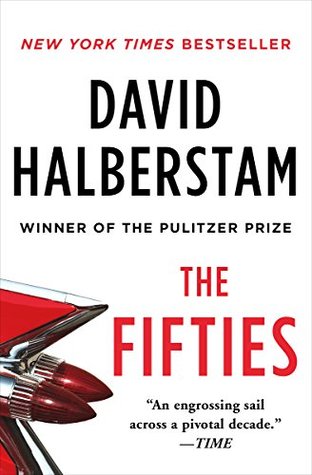These younger men, most of whom had fought in World War Two, and who had in some way been broadened by that experience, did not welcome integration, Ashmore thought. Most of them, in fact, probably preferred things the way they were. But unlike their parents, they were not violently opposed to integration. It was not as emotional an issue with them as it had once been. They were businessmen first and foremost, and they understood that the world had changed and that to fight to maintain white supremacy would be self-defeating—it was probably a lost cause. They accepted the idea of “social
...more
Welcome back. Just a moment while we sign you in to your Goodreads account.


